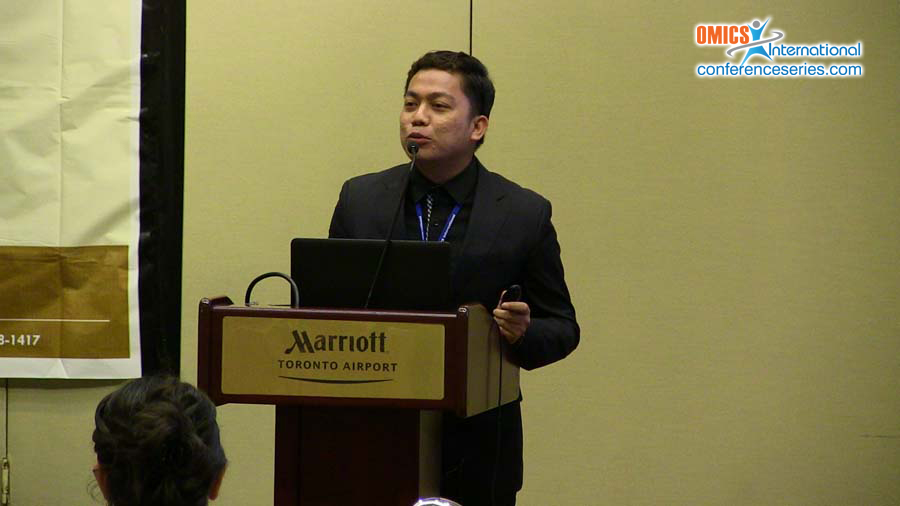Lito Amit
Catholic University of Daegu, Republic of Korea
Title: Needs assessment for the occupational health risk and management of the call center industry in the Philippines
Biography
Biography: Lito Amit
Abstract
As an emerging industry, several issues are being raised on the sustainability and productivity of the business process outsourcing (BPO) especially on the occupational health and safety (OHS) of call center agents. We conducted an audit of OHS programs and health concerns among call center agents in the Philippines. More than 80% of the agents affirmed that OSH program do exist in their respective company and are strictly implemented. At employment initiation, about 70% of the agents indicated that OHS orientation and emergency procedures were conducted. Majority of the agents perceived favorable and convenient working environment except for occasional noise disturbances and acoustic shock, visual and voice fatigues. Most agents can satisfactorily adjust to the demands and changes in their work environment and flexible work schedules. About 30% of agents feel pressured and humiliated by low work performance but majority perceived that they are well compensated for their job. There were minimal workplace violence incidents in call centers but about 50% of call center agents experienced higher incidence of headaches and insomnia, burn out, suppressed anger, anxiety and depressions while working in call center. Most common musculoskeletal disorders include body pain in neck, shoulders and back; and hand and wrist disorders. About 30% experienced symptoms of cardiovascular and gastrointestinal disorders, and weakened immune systems. Overall, these findings have important implications for workers in the industry which are subjected to an array of potential occupational risk and are being compounded by the lack of comprehensive Occupational Safety and Health Standards.




